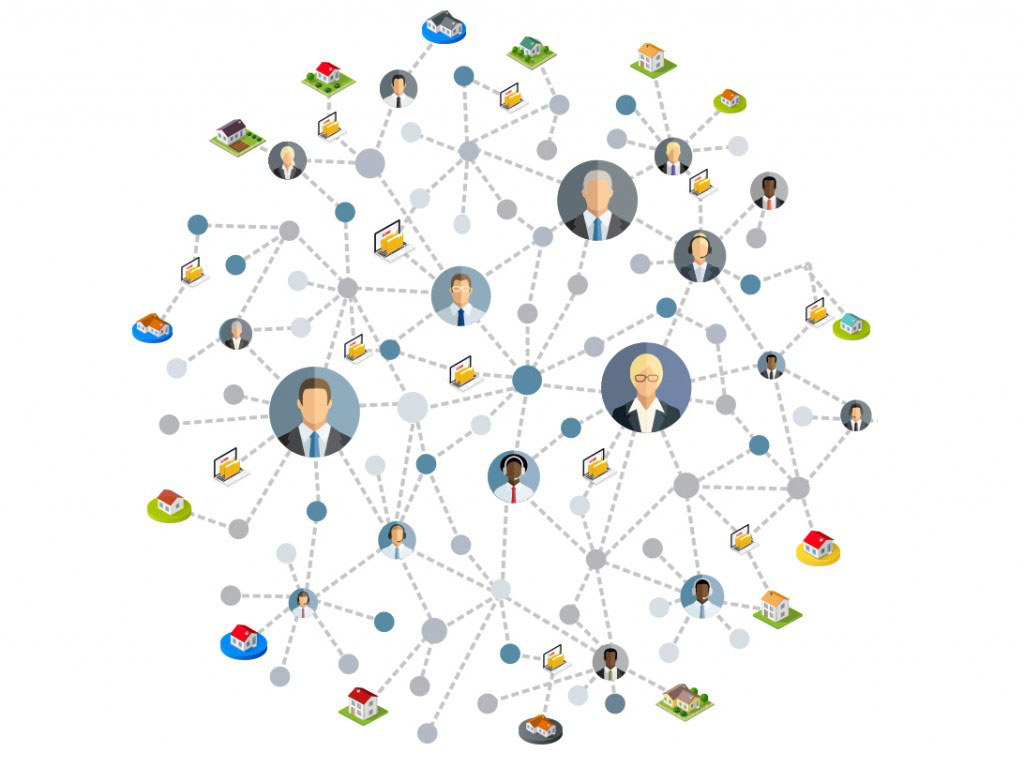This Is The place I Go away You: A Digital Diaspora and the Seek for Connection in a Hyper-Linked World
Associated Articles: This Is The place I Go away You: A Digital Diaspora and the Seek for Connection in a Hyper-Linked World
Introduction
With nice pleasure, we are going to discover the intriguing subject associated to This Is The place I Go away You: A Digital Diaspora and the Seek for Connection in a Hyper-Linked World. Let’s weave fascinating info and provide contemporary views to the readers.
Desk of Content material
This Is The place I Go away You: A Digital Diaspora and the Seek for Connection in a Hyper-Linked World

Jonathan Safran Foer’s novel, This Is The place I Go away You, is not only a poignant household drama; it is a poignant reflection on the complexities of contemporary relationships in a world more and more mediated by expertise. Whereas the novel focuses on the Altman household’s tumultuous reunion after their father’s loss of life, its themes resonate deeply with the digital age, exploring how expertise each facilitates and fractures connection, creating a way of each intimacy and isolation. This essay will delve into the methods through which the novel’s central conflicts mirror our personal experiences in a hyper-connected world, inspecting the irony of being concurrently nearer and additional aside than ever earlier than.
The Altman household, introduced collectively by grief and a weird request from their deceased patriarch, grapples with many years of unresolved points, simmering resentments, and the lingering shadows of previous hurts. Their interactions, usually fraught with awkward silences and explosive arguments, spotlight the challenges of genuine communication, a battle amplified in our digitally saturated society. We’re consistently linked, bombarded with notifications and updates, but real, heartfelt conversations usually really feel elusive. The Altman’s incapability to actually join mirrors the superficiality of many on-line interactions, the place likes and feedback exchange significant dialogue.
The novel cleverly makes use of the setting – the household’s cramped, dysfunctional dwelling – as a microcosm of the web itself. Simply because the Altman home is crammed with a chaotic jumble of reminiscences, feelings, and unfinished enterprise, the digital panorama is a equally overwhelming house, crammed with an countless stream of data and social media updates. Navigating this house, very like navigating the Altman household dynamic, requires cautious consideration and a willingness to confront uncomfortable truths.
Jude, the novel’s protagonist, finds himself grappling with the complexities of his personal life and relationships, mirroring the challenges many face in sustaining real connections within the digital age. His affair, his strained relationship along with his brother, and his makes an attempt to reconnect along with his ex-wife all spotlight the difficulties of intimacy in a world the place superficial connections are available. The benefit with which we will join with others on-line usually paradoxically results in a way of loneliness and disconnection. Jude’s struggles underscore the truth that true intimacy requires vulnerability, one thing usually troublesome to attain within the often-sanitized world of on-line interactions.
The function of expertise within the novel is subtly but powerfully depicted. The characters’ reliance on cell telephones, e mail, and the web each facilitates and hinders their communication. They’re consistently linked, but usually fail to actually join with one another. This disconnect underscores a central theme of the novel: the phantasm of connection. We could also be consistently "linked" via social media, however this connection is usually superficial, missing the depth and vulnerability of face-to-face interplay. The novel subtly critiques the way in which expertise can create a false sense of intimacy, permitting us to stay emotionally distant even whereas showing engaged.
Moreover, the novel explores the affect of expertise on reminiscence and identification. The Altman household’s historical past is fragmented, crammed with unstated resentments and unresolved conflicts. Equally, our on-line identities are sometimes curated and constructed, presenting a rigorously crafted model of ourselves to the world. The curated on-line personas we challenge can masks our true selves, resulting in a way of disconnect between our on-line and offline lives. The novel prompts us to query the authenticity of our on-line interactions and the extent to which they replicate our true selves.
The character of Penny, together with her unconventional way of life and her battle with habit, represents a counterpoint to the Altman household’s extra conventional struggles. Her embrace of a much less typical path, regardless of its challenges, provides a delicate critique of societal expectations and the strain to adapt, a strain usually amplified by social media’s emphasis on curated perfection. Her struggles spotlight the significance of embracing authenticity, even within the face of societal strain to current a elegant, idealized model of oneself on-line.
The novel’s ending, whereas not explicitly tied to the digital realm, leaves the reader considering the enduring energy of human connection. Regardless of the household’s dysfunction and their struggles to speak successfully, there’s a sense of hope, a suggestion that even amidst chaos and battle, real connection is feasible. This hope extends to the digital world, suggesting that regardless of the challenges of on-line communication, genuine connections can nonetheless be solid, albeit with larger effort and intentionality.
The theme of legacy additionally performs a vital function. The daddy’s loss of life forces the household to confront their previous and take into account their future, a course of that’s mirrored in our personal lives as we navigate the digital footprint we depart behind. Our on-line presence, very like the Altman household’s legacy, will outlive us, shaping how we’re remembered and perceived by future generations. This consciousness ought to immediate us to contemplate the character of our on-line interactions and the legacy we’re creating.
In conclusion, This Is The place I Go away You provides a strong commentary on the complexities of human relationships in a hyper-connected world. The novel’s exploration of household dynamics, communication breakdowns, and the seek for authenticity resonates deeply with our personal experiences within the digital age. The Altman household’s struggles to attach, regardless of their fixed connectivity, function a cautionary story, reminding us that true connection requires vulnerability, intentionality, and a willingness to confront the complexities of human relationships, each on-line and offline. The novel’s enduring energy lies in its capability to make us replicate on the character of {our relationships}, the authenticity of our on-line personas, and the legacy we’re creating on this more and more digital world. It encourages us to try for real connection, not simply the phantasm of it, in a world that usually conflates the 2. It’s a reminder that true intimacy can’t be present in a easy click on, however relatively within the messy, difficult, and finally rewarding work of human connection. The query, then, just isn’t merely the place we depart our digital footprints, however whether or not we’re actually current within the relationships that matter most.








Closure
Thus, we hope this text has supplied useful insights into This Is The place I Go away You: A Digital Diaspora and the Seek for Connection in a Hyper-Linked World. We thanks for taking the time to learn this text. See you in our subsequent article!